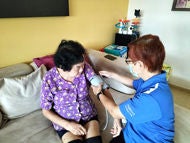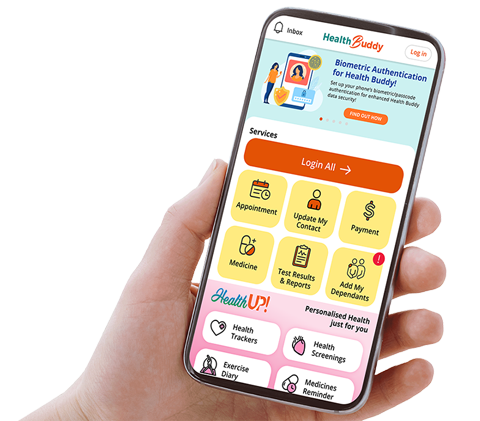What is - Early Childhood Caries
What is ECC?
Tooth decay in children under the age of 6 is termed as Early Childhood Caries (ECC). In Singapore, 40% of preschool children are affected by ECC.
Symptoms of Early Childhood Caries
What are the symptoms of ECC?
Tooth decay does not happen overnight. It begins as White Spot Lesions (WSL) which appear as chalky areas on the tooth surface, often found under plaque. The acids in plaque remove tooth minerals, so WSL indicate demineralisation of the tooth surface. They are painless and still reversible at this stage. However, as demineralisation progresses, the tooth surface breaks down to form a cavity.

Tooth decay varies in severity. Overtime, bacteria and acids wear away the enamel (outermost layer of tooth) to reach the dentine (inner layer of tooth). Dentine has tiny tubules that communicate directly with the dental pulp, the innermost part of the tooth which contains nerve and blood vessels. Bacteria can irritate the pulp and cause pain and/or swelling.
Untreated cavities can lead to
- pain
- swelling
- difficulty eating and sleeping
- damage to the developing permanent teeth, or in severe cases, systemic infection

Early signs of tooth decay in a 2-year-old child. The white chalky areas on the teeth indicate areas of enamel demineralisation.

Severe early childhood caries in a 2-year-old-child. The gum swelling above the upper primary central incisors is called an "abscess" and it contains pus, a sign of infection.

Early Childhood Caries - How to prevent
How can I prevent ECC in my child?
Please see page on prevention.
Early Childhood Caries - Causes and Risk Factors
What are the symptoms of ECC?


Treatment for Early Childhood Caries
How is ECC treated?
ECC should be treated because severely decayed teeth can cause pain, swelling and infection; affecting your child's diet, growth and development of teeth and jaws.
Treatment depends on multiple factors such as the severity of ECC, and the child's behaviour and ability to cope with treatment. NDCS offers a range of treatment options incuding fluoride treatment, minimally invasive procedures (e.g. hall technique, siver diamine fluoride) and treatment under local anaesthesia or general anaesthesia. Sedation is currently unavailable in NDCS.
What is the efficacy of ECC treatment?
Oral health programmes for young children have shown to be effective in the prevention of dental caries. In a local study[1], clinical efficacy of a two-year oral health programme for infants and toddlers in Singapore was examined.
The study compared the presence of severe early childhood caries (SECC) between children enrolled into the programme and children that did not undertake interventions from the programme that target behaviour modifications.
Results showed that a higher percentage of children who received intervention as part of the programme had no tooth decay and were observed to display habits associated with low risk for caries. Children who were not enrolled in the programme were 3 times more likely to have SECC.
Tooth decay is preventable and early preventive dental visits can possibly reduce the likelihood of disease.
[1] Lai B, Tan WK, Lu QS. Clinical efficacy of a two-year oral health programme for infants and toddlers in Singapore. Singapore Med J. 2018 Feb;59(2):87-93. doi: 10.11622/smedj.2017045. Epub 2017 May 25. PMID: 28540394; PMCID: PMC6119743.
The information provided is not intended as medical advice. Terms of use. Information provided by SingHealth.
Get to know our doctors at SingHealth Hospitals in Singapore.
Get to know our doctors at SingHealth Hospitals in Singapore. here.




















